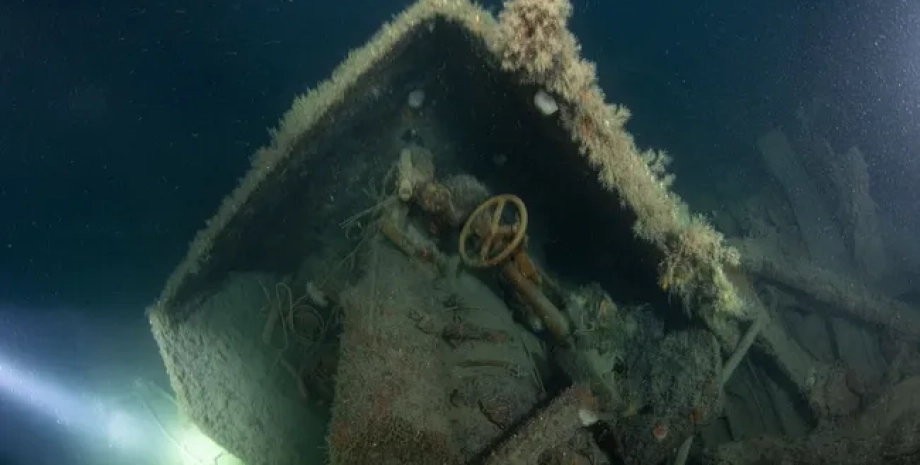
 By Eliza Popova
By Eliza Popova
Subscribe to not miss the latest and most intrusive news from the world of science! The sunken ship identified as HMS Hawke, was a cruiser nearly 120 meters long, which met its fate on October 15, 1914. The ship quickly sank after a torpedo from a German submarine, resulting in killed 524 crew members. Only about 70 sailors survived, saving in rescue boats.
Kevin Hit, a researcher from the Lost in Waters Deep group, covered this tragedy, noting that it was an early stage of war when the British did not know about the great radius of German submarines. HMS Hawke was one of those ships that had the task of block the German mainland. However, the appearance of German submarines allowed these submarines to bypass the blockade and to carry out successful attacks on the Allied ships.
HMS Hawke was sunk U-9 under the command of Otto Vedigen, who has already made a name by sinking three other British cruisers just a few weeks before, which led to the death of more than 1,100 people. The death of these ships provoked outrage in the public of Britain and forced the royal fleet to overestimate the threat posed by German submarines. HMS Hawke's fragments are currently about 110 meters under the surface, about 112 kilometers east of Freizersburg in the northeast of Scotland.
The exact place was determined by historical records, including the onboard magazine of the German submarine responsible for flooding. This place is considered a military burial and is protected by British legislation, which can lead to further restrictions on future immersion attempts. Not only does this find serve as a gloomy reminder of the dangers faced during the war, but it also demonstrates the importance of preserving such places for historical and memorial purposes.










All rights reserved IN-Ukraine.info - 2022